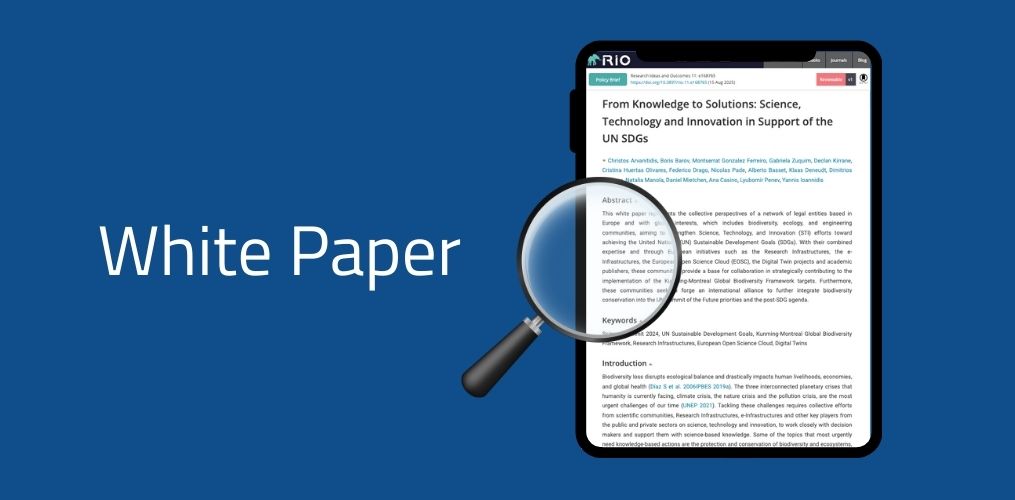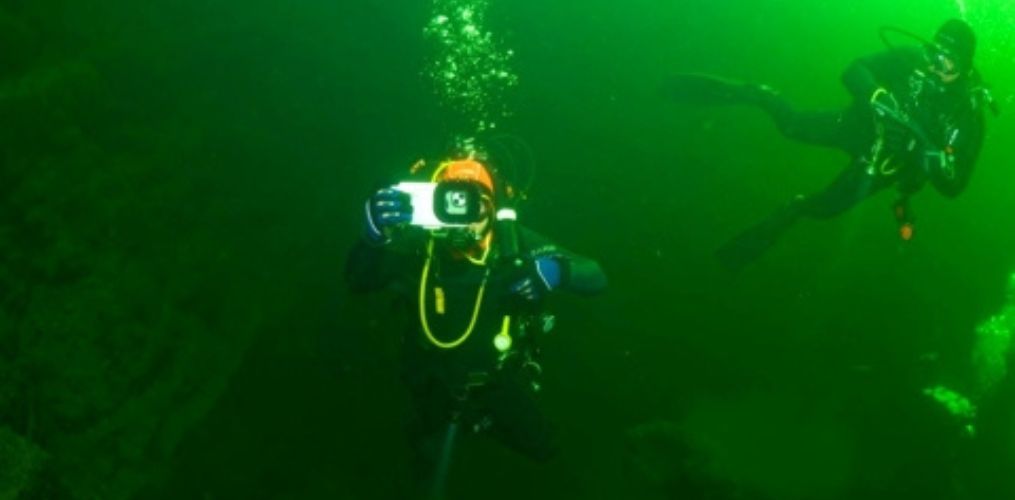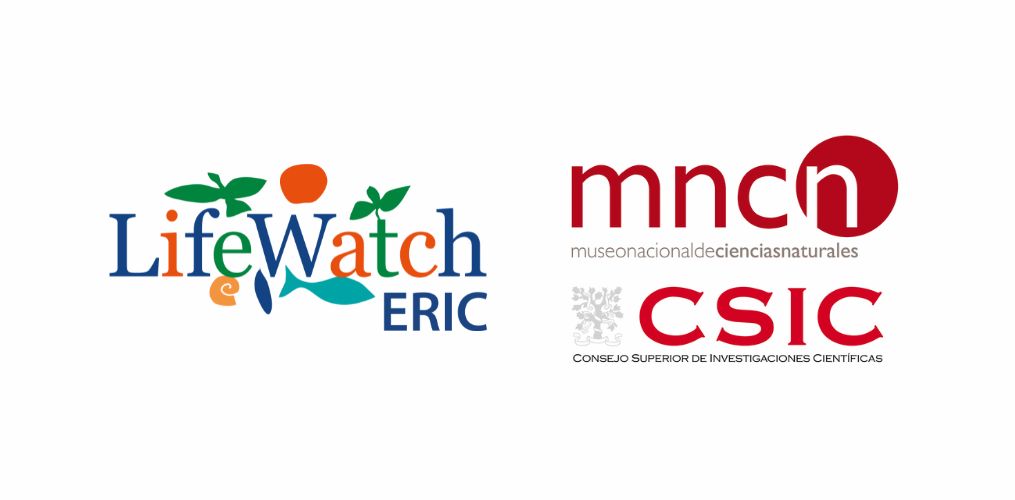A network of legal entities based in Europe, coordinated by LifeWatch ERIC, has released a white paper that presents a collaborative commitment to leveraging scientific knowledge and digital innovation, in support of the United Nations Sustainable Development Goals (SDGs).
Emerging from discussions at the 79th United Nations General Assembly and the Science Summit (SSUNGA79), the white paper is the result of joint work by a network of partners with global interests in biodiversity, ecology, engineering and beyond. These organisations have decided to combine their expertise through European initiatives such as Research Infrastructures, e-Infrastructures, the European Open Science Cloud (EOSC), Digital Twin projects and academic publishers. Their aim is to provide a strong base for collaboration and to contribute strategically to the Kunming-Montreal Global Biodiversity Framework (K-M GBF) targets. Moreover, they also seek to forge an international alliance to further integrate biodiversity conservation into the UN Summit of the Future priorities and the post-SDG agenda.
The starting point is clear: biodiversity can no longer be treated as a siloed issue. It is foundational to climate resilience, public health, food security, and economic stability. The three interconnected planetary crises facing humanity (biodiversity loss, climate change, and pollution) represent the most urgent challenges of our time. Addressing them requires collective efforts from scientific communities, as well as the public and private sectors and policymakers.
In this context, Science, Technology, and Innovation (STI) are crucial, because the complex transformations we need demand data-driven decision-making, cross-sectoral collaboration, and multidisciplinary and cross-domain research frameworks.
The network had already demonstrated this holistic approach during a workshop held in New York, in September 2024, as part of the SSUNGA79. Building on that foundation, the organisations now focus on their shared impact, rather than individual achievements. They have identified the K-M GBF as a testbed for contributing to the SDGs, based on long-track experience in European initiatives.
The K-M GBF itself focuses on seven strategic considerations, and twenty-three specific targets for its implementation. In the white paper, the network has been working collectively on the seven strategic considerations, outlining practical ways to contributing to each of them.
Moreover, the paper expands to other UN STI priorities and sets the basis for a global alliance: a convergence point for diverse knowledge systems, from cutting-edge digital tools and genomic research to traditional ecological practices, and as a mechanism for aligning efforts across thematic domains, such as climate, health, food, and equity.
Full announcement: https://blog.pensoft.net/2025/09/16/scientists-call-for-a-global-alliance-to-place-biodiversity-at-the-heart-of-the-un-pact-for-the-future


